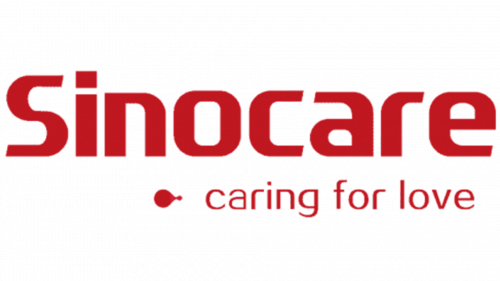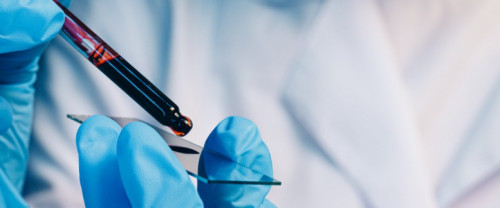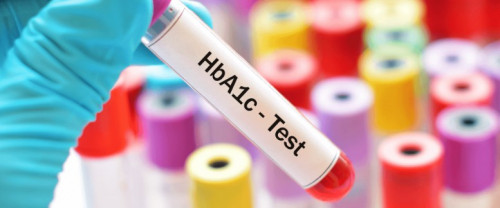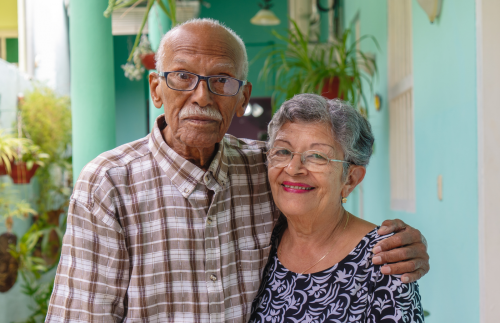Diabetes is a condition that hinders the body’s ability to produce or use insulin. This hormone is responsible for enabling cells to use glucose in the blood as an energy source. Managing diabetes is more important to help manage this condition, people must control their blood glucose and aim to keep sugar levels within a healthy range.
Regular blood sugar monitoring is the most important thing you can do to manage type 1 or type 2 diabetes. You’ll be able to see what makes your numbers go up or down, such as eating different foods, taking your medicine, or being physically active. With this information, you can work with your healthcare team to make decisions about your best diabetes care plan. These decisions can help delay or prevent diabetes complications such as heart attack, stroke, kidney disease, blindness, and amputation. Your doctor will tell you when and how often to check your blood sugar levels. Most blood sugar meters allow you to save your results and you can use an app on your cell phone to track your levels. If you don’t have a smartphone, keep a written daily record like the one in the photo. You should bring your meter, phone, or paper record with you each time you visit your healthcare provider.
How to Use a Blood Sugar Meter?
Below are tips for how to use a blood sugar meter.
- Make sure the meter is clean and ready to use.
- After removing a test strip, immediately close the test strip container tightly. Test strips can be damaged if they are exposed to moisture.
- Wash your hands with soap and warm water. Dry well. Massage your hand to get blood into your finger. Don’t use alcohol because it dries the skin too much.
- Use a lancet to prick your finger. Squeezing from the base of the finger, gently place a small amount of blood onto the test strip. Place the strip in the meter.
- After a few seconds, the reading will appear. Track and record your results. Add notes about anything that might have made the reading out of your target range, such as food, activity, etc.
- Properly dispose of the lancet and strip it in a trash container.
- Do not share blood sugar monitoring equipment, such as lancets, with anyone, even other family members.
- Store test strips in the container provided. Do not expose them to moisture, extreme heat, or cold temperatures.
Getting an A1C Test
Make sure to get an A1C test at least twice a year. Some people may need to have the test more often, so follow your doctor’s advice.
A1C results tell you your average blood sugar level over 3 months. A1C results may be different in people with hemoglobin problems external icon such as sickle cell anemia. Work with your doctor to decide the best A1C goal for you. Follow your doctor’s advice and recommendations.
Your A1C result will be reported in two ways:
- A1C as a percentage.
- Estimated average glucose (eAG), in the same kind of numbers as your day-to-day blood sugar readings.
For monitoring blood sugar (Single Parameter) PT Isotekindo Intertama has options to choose from:
- Glucosure STAR Blood Glucose Monitoring System is a full-featured blood glucose monitoring system that needs a very small sample volume (0.5 μL) to test and provides greater comfort and a choice of different testing sites (palm, forearm, and finger). Equipped with a large storage capacity of up to 300 memories.
- GlucoSure AutoCode Blood Glucose Monitoring System is a unique auto-coding blood glucose monitoring system that automatically selects the best calibration every time a test strip is inserted. Calibration error is often the leading cause of inaccurate readings. GlucoSure AutoCode eliminates calibration errors and makes testing simpler. No more code card or button-press code selection is required. Needs a very small sample volume (0.5 μL) to test and is equipped with Alternate Site Testing (AST) to reduce the risk of pain because samples can be taken apart from the fingers such as thighs & palms
We also have the HbA1c Analyzer between:
- Eclipse A1c Analyzer offers a fast and easy way to measure HbA1c in a clinic or long-term care facility that prioritizes speed and convenience. HbA1c can be measured in just 3 simple steps and the results are certified by the National Glycohemoglobin Standardization Protocol (NGSP) to ensure accuracy. The blood sample required is small (1 µL), Samples from capillaries and veins (stored in EDTA tubes for a maximum of 1 week at a temperature of 4°C).
- Sinocare PCH-100 HbA1c Analyzer Portable Glycated Hemoglobin Analyzer with fast test time to reflect the control of glycemic before the past 2 - 3 months, using the boric acid affinity chromatography method. Manufactured according to NGSP standards. Equipped with voice guidance (voice prompt) easy to use and minimizes errors when taking measurements. Connect with LIS Allows to connect with external instruments and ensures data security to meet audit & accreditation requirements with voice prompt. Storage Capacity 1.000 data samples, 200 QC data, large memory capacity ensures customers have patient medical records, and also meets quality control requirements.
Let's start monitoring blood sugar levels from now on to avoid complications due to diabetes.
References:
- CDC. (2022). Monitoring Your Blood Sugar.
- CDC. (2022). What to know about continuous glucose monitors.
- Insert Pack Eclipse A1c Analyzer
- Insert Pack Glucosure STAR
- Insert Pack Glucosure Autocode
- Insert Pack Sinocare PCH-100








